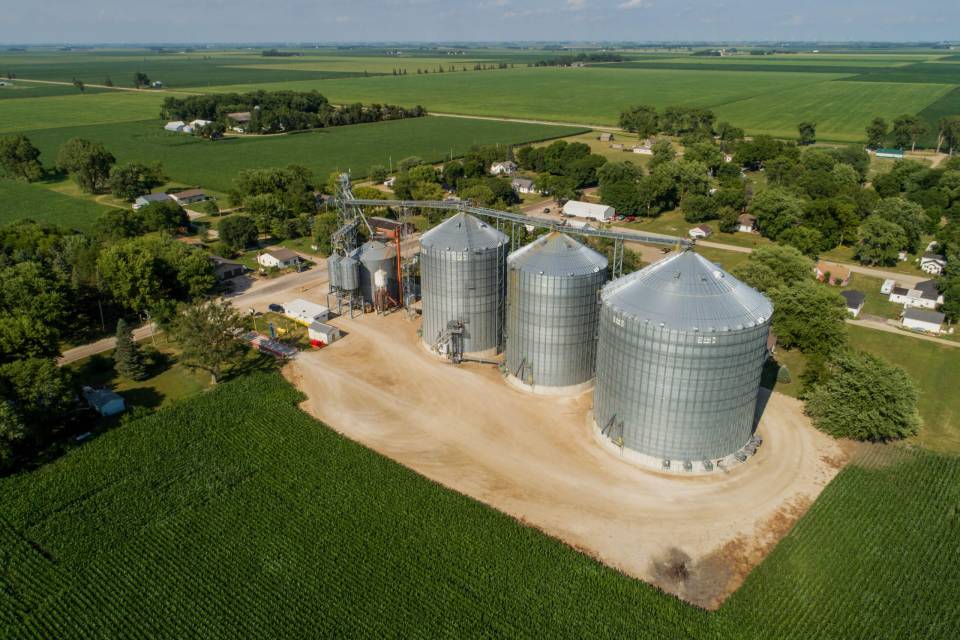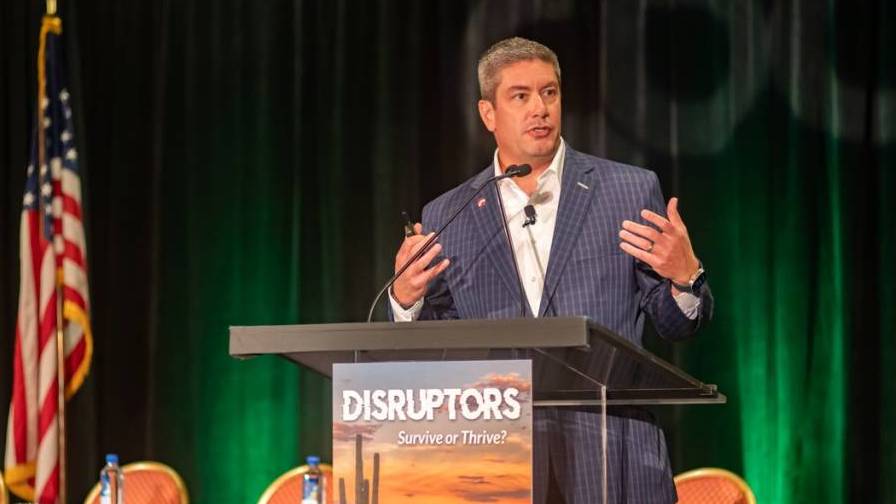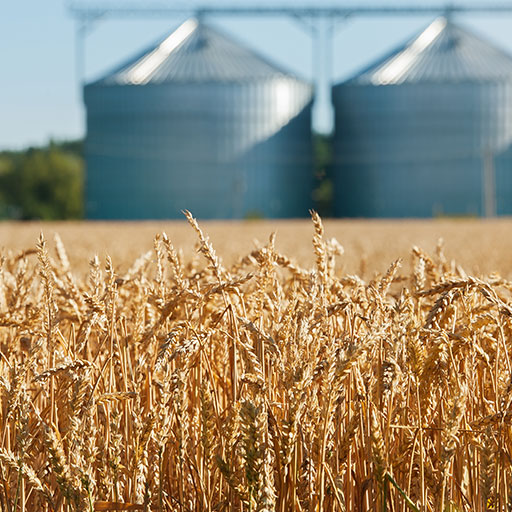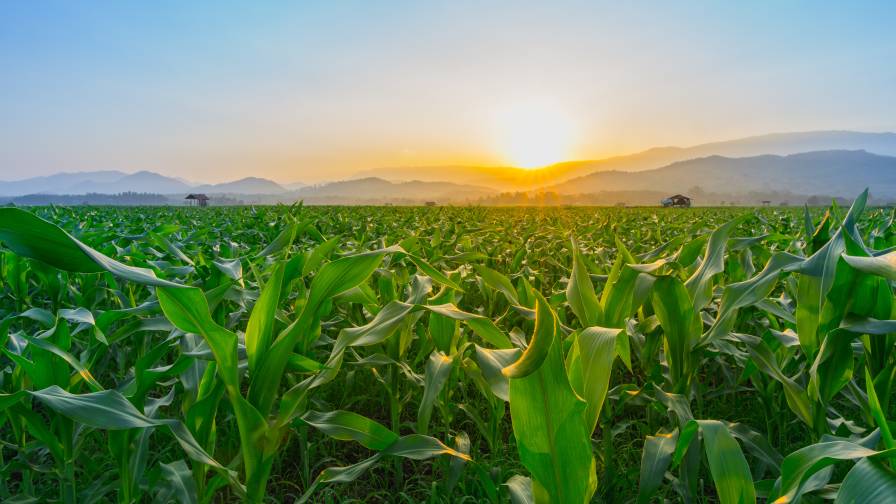Program To Examine Ag-Related Practices, Policies To Prevent Algal Blooms
In the wake of this summer’s Toledo water crisis, Jeff Reutter talked to, among others, NPR’s Melissa Block, MSNBC’s Ed Schultz, the Associated Press and the Wall Street Journal.
Reutter, head of the Ohio Sea Grant College Program, will keep the conversation going next month, this time as moderator of two panels on preventing such crises in the future.
The panels are the focus of an October 14 program called “Ohio’s Water Resources and Citizens at Risk: Ag-related Practices and Policies to Prevent Harmful Algal Blooms, Post-Toledo.” The event is part of a monthly public breakfast series held by the Environmental Professionals Network.
“We’re hoping this will be a significant discussion of key issues and solutions related to all aspects of harmful algal blooms,” said David Hanselmann, coordinator of the network and a lecturer in Ohio State University’s School of Environment and Natural Resources (SENR). “We’ve planned the program to be fair and balanced, and one geared to hit on key discussion points.”
The network is a service of the school, part of Ohio State’s College of Food, Agricultural, and Environmental Sciences (CFAES).
Experts, including Reutter, say phosphorus runoff from farmland is a cause of the harmful algal blooms plaguing Lake Erie and other lakes. In August, toxins from a bloom in western Lake Erie led to a two-day drinking water ban in Toledo.
The event’s first panel will look at the science of reducing phosphorus runoff, including new on-farm practices, technology and equipment. The panelists will be:
• Libby Dayton, research scientist with SENR. Dayton is doing research to revise Ohio’s Phosphorus Risk Index. Farmers use the index to plan their fertilizer applications.
• Steve Davis, watershed specialist with the USDA’s Natural Resources Conservation Service.
• Doug Busdecker, area general manager with The Andersons.
• Carrie Vollmer-Sanders, director of The Nature Conservancy’s Western Lake Erie Basin Project. President Obama honored Vollmer-Sanders in March for her work with farmers to reduce nutrient runoff into Lake Erie.
The second panel will focus on policy, including possible new laws, rules and outreach for limiting phosphorus runoff. The panelists will be:
• Larry Antosch, senior director of policy development and environmental policy, Ohio Farm Bureau Federation.
• Kristy Meyer, the Ohio Environmental Council’s managing director of agricultural, health and clean water programs.
• Tim Haab, chair and professor in CFAES’s Department of Agricultural, Environmental and Development Economics, whose research includes the fields of environmental economics and nonmarket valuation — people’s willingness to pay for public goods such as clean water.
The event goes from 7:15-10:10 a.m. in the Nationwide and Ohio Farm Bureau 4-H Center, 2201 Fred Taylor Drive, on Ohio State’s Columbus campus.
Admission includes a full breakfast and is open to both members and nonmembers of the network. Registration costs $10 or $15, depending on payment method.
Complete details and a link to online registration and payment are at go.osu.edu/pz7. Payment by credit card is due by 5 p.m. October 10.
For more information, contact Hanselmann at [email protected] or 614-247-1908.
The Ohio AgriBusiness Association, the Ohio Farm Bureau Federation, and Ohio State’s Office of Energy and Environment and Ohio Water Resources Center are also providing support for the event.
Protecting and improving water quality is a growing focus of CFAES and of the university as a whole. Most recently, Bruce McPheron, Ohio State’s vice president for agricultural administration and dean of the college, announced the creation of a new $1 million university-wide initiative, called Field to Faucet, aimed at curbing harmful algal blooms.
Membership in the Environmental Professionals Network is free and open to anyone working in or studying an environmental field. Details are at epn.osu.edu/home.






